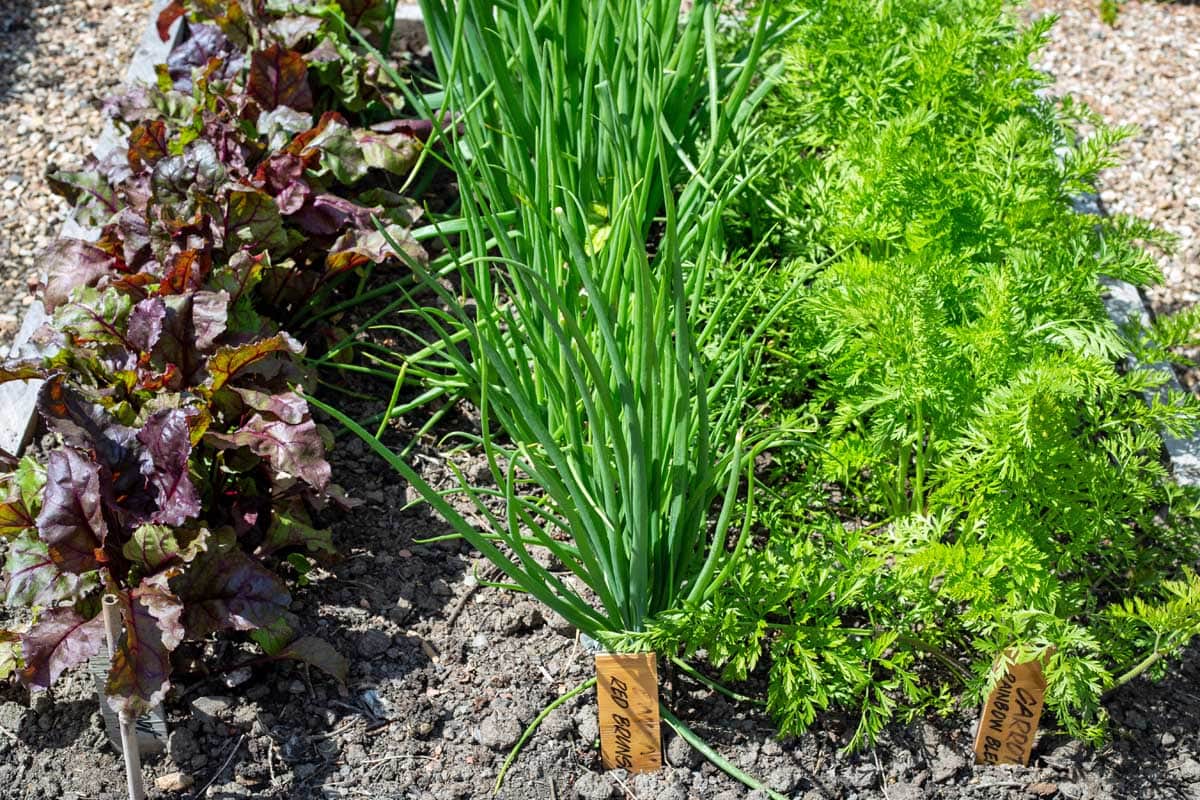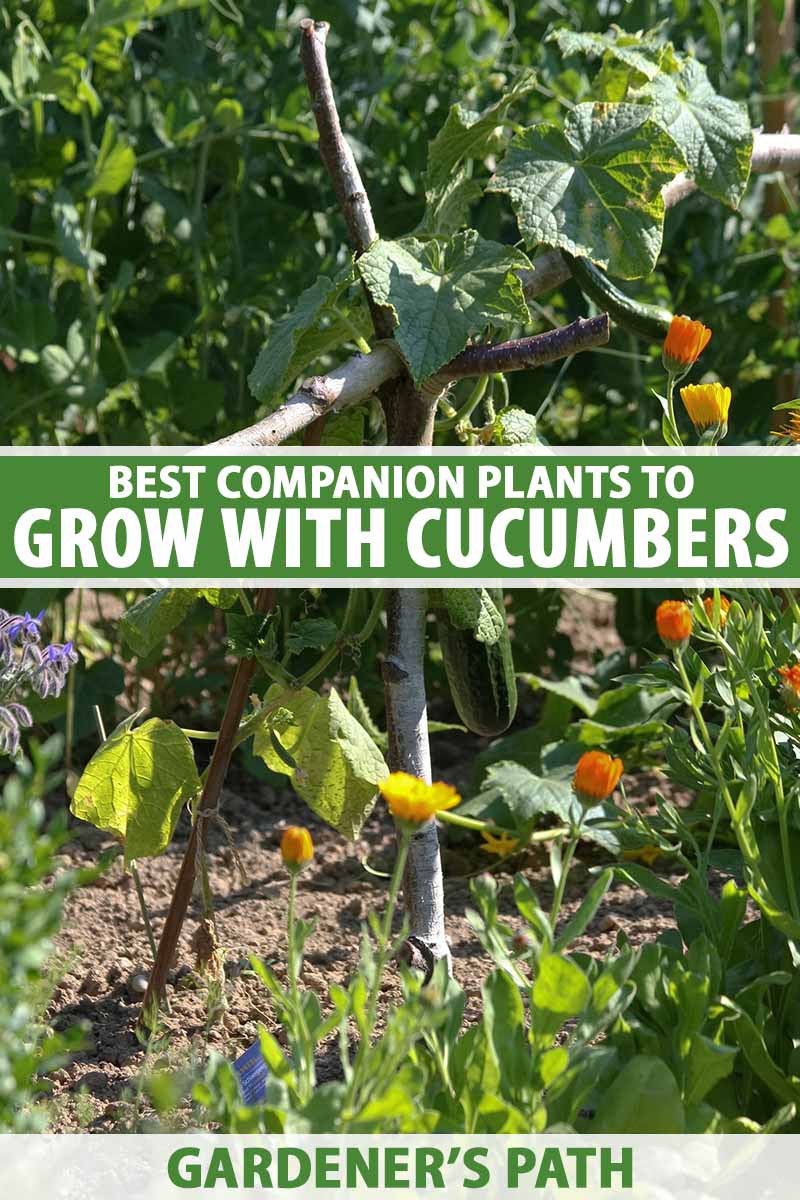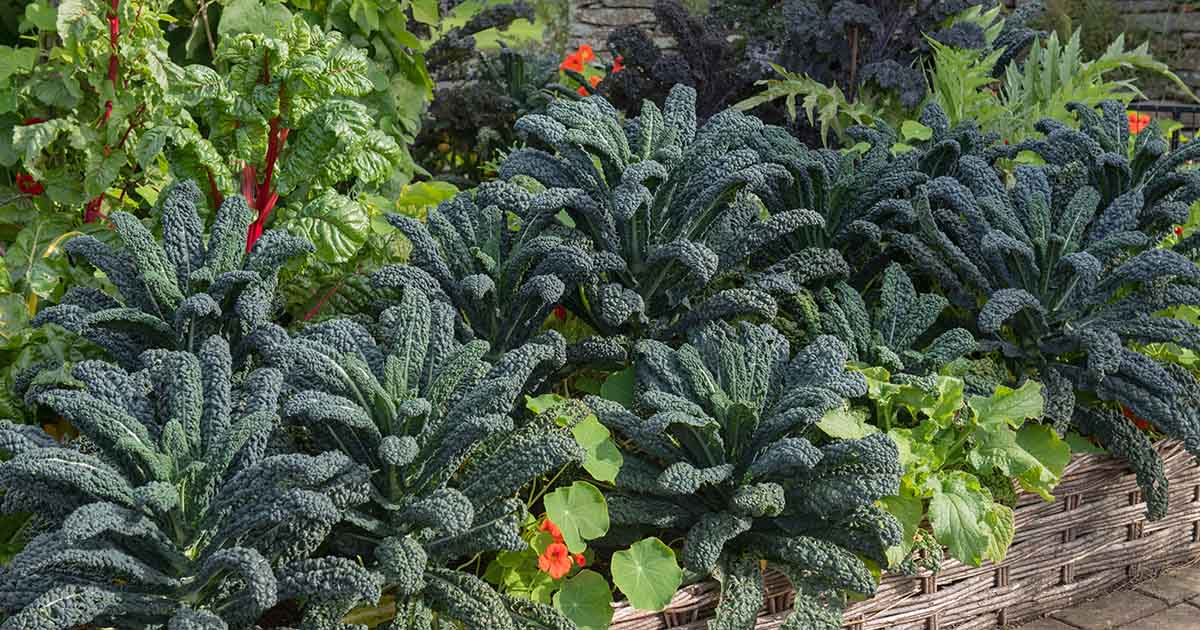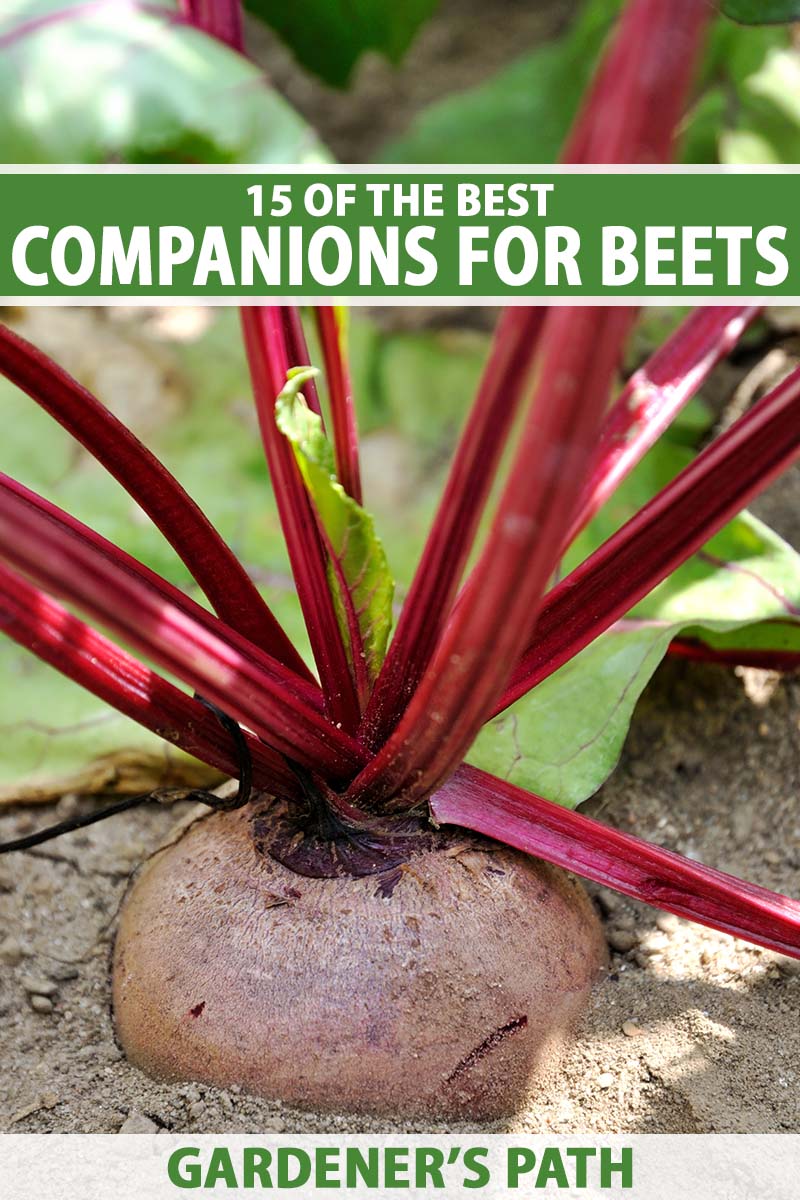The Ultimate Guide To Companion Planting Beets
The Ultimate Guide to Companion Planting Beets
Beets are a delicious and nutritious root vegetable that is easy to grow. They are also a good companion plant for many other vegetables, which can help to improve their growth and yield.
In this guide, we will discuss the benefits of companion planting beets, and recommend some of the best plants to grow with them. We will also provide some tips on how to plant and care for beets in your garden.
Benefits of Companion Planting Beets
There are many benefits to companion planting beets. Some of the most common benefits include:
- Improved pest control: Some companion plants can help to deter pests from beets. For example, onions, garlic, and marigolds all have strong scents that can repel pests such as aphids, cabbage worms, and carrot flies.
- Increased pollination: Some companion plants can attract pollinators, such as bees and butterflies. This can help to increase the pollination of beets, which can lead to a higher yield.
- Improved soil health: Some companion plants can help to improve the soil health around beets. For example, legumes such as peas and beans can fix nitrogen in the soil, which can provide beets with a valuable nutrient.
- Reduced competition for resources: Companion planting can help to reduce competition for resources between beets and other plants. For example, planting beets with tall plants such as tomatoes or corn can help to shade the beets and prevent them from getting too much sun.
Best Companion Plants for Beets
There are many different plants that can be companion planted with beets. Some of the best companion plants for beets include:
- Onions: Onions have a strong scent that can help to repel pests from beets. They can also help to improve the flavor of beets.
- Garlic: Garlic has a similar scent to onions and can also help to repel pests from beets. It can also help to improve the flavor of beets.
- Marigolds: Marigolds have a strong scent that can help to repel pests from beets. They can also help to improve the soil health around beets.
- Lettuce: Lettuce is a low-growing plant that can help to shade the beets and prevent them from getting too much sun. It can also help to suppress weeds.
- Carrots: Carrots and beets have similar growing requirements and can be planted together in the same row. They can also help to improve the flavor of each other.
- Brassicas: Brassicas such as broccoli, cabbage, and kale can help to improve the soil health around beets. They can also help to attract pollinators.
- Herbs: Herbs such as thyme, rosemary, and mint can help to improve the flavor of beets. They can also help to repel pests and attract pollinators.
How to Plant and Care for Beets
Beets are relatively easy to plant and care for. They prefer full sun and well-drained soil. The soil should be loose and crumbly, with a pH between 6.5 and 7.0.
Beets can be planted directly in the ground or started indoors. If you are planting directly in the ground, sow the seeds 1/2 to 1 inch deep and 1 inch apart. Beets can be planted in rows or clusters.
If you are starting beets indoors, sow the seeds 4 to 6 weeks before the last frost. Sow the seeds in a seed tray or pot filled with well-drained potting mix. Keep the soil moist and the temperature at 70 to 75 degrees Fahrenheit.
Beets can be harvested when they are about 2 inches in diameter. To harvest, simply pull the beets out of the ground. You can eat the beets raw, cooked, or pickled.
Conclusion
Beets are a delicious and nutritious vegetable that is easy to grow. Companion planting can help to improve the growth and yield of beets, and can also help to deter pests and improve soil health. By following the tips in this guide, you can successfully grow beets in your garden and enjoy the delicious and healthy harvest.
Beets are a delicious and versatile vegetable that can be enjoyed in a variety of dishes. But did you know that companion planting can help you grow healthier, more productive beets?
Companion planting is a gardening technique that involves planting certain plants together in order to benefit each other. Some good companion plants for beets include:
- Alliums: Alliums, such as garlic, onions, and chives, help to repel pests and diseases that can damage beets.
- Brassicas: Brassicas, such as broccoli, Brussels sprouts, and cabbage, help to improve the soil drainage and provide shade for beets.
- Legumes: Legumes, such as beans and peas, fix nitrogen in the soil, which can help to improve the growth of beets.
- Marigolds: Marigolds help to repel nematodes, which are microscopic worms that can damage beets.
For more information about good companion plants for beets, please visit Gardenia Inspiration. This website provides a comprehensive list of companion plants, as well as tips on how to use companion planting to improve your garden.
FAQ of good companion plants for beets
Q: What are some good companion plants for beets?
A: Beets are relatively easygoing plants and can be grown with a variety of other vegetables. Some of the best companion plants for beets include:
- Alliums: Alliums, such as onions, garlic, and chives, help to repel pests that can damage beets, such as aphids and flea beetles.
- Brassicas: Brassicas, such as broccoli, cabbage, and cauliflower, help to improve the flavor of beets and can also deter pests.
- Herbs: Some herbs, such as mint, thyme, and rosemary, can help to repel pests and improve the flavor of beets.
- Lettuce: Lettuce can help to suppress weeds and improve the moisture content of the soil, which can benefit beets.
- Marigolds: Marigolds help to repel nematodes, which can damage beets.
Q: What plants should I avoid planting near beets?
A: Some plants that should be avoided planting near beets include:
- Pole beans: Pole beans can shade beets and stunt their growth.
- Field mustard: Field mustard can compete with beets for nutrients and water.
- Charlock (wild mustard): Charlock can harbor pests and diseases that can damage beets.
Q: How do companion plants benefit beets?
A: Companion plants can benefit beets in a variety of ways, including:
- Reducing pests and diseases: Some companion plants, such as alliums and marigolds, can help to repel pests and diseases that can damage beets.
- Improving soil quality: Some companion plants, such as legumes, can add nitrogen to the soil, which can benefit beets.
- Suppressing weeds: Some companion plants, such as lettuce and marigolds, can help to suppress weeds, which can compete with beets for nutrients and water.
- Attracting pollinators: Some companion plants, such as herbs and flowers, can attract pollinators, which can help to improve the pollination of beets.
Q: How far apart should I plant beets and their companion plants?
A: The spacing requirements for beets and their companion plants will vary depending on the specific plants involved. However, as a general rule of thumb, you should space beets and their companion plants at least 6 inches apart.
Image of good companion plants for beets
- Carrots: Carrots and beets are both root vegetables that help to suppress pests and diseases. They also have different nutrient needs, so they can help to balance each other out.

- Cucumbers: Cucumbers and beets can help to deter pests from each other. Cucumbers release a chemical that repels cucumber beetles, which can also damage beets. Beets can help to attract beneficial insects, which can help to control pests in the cucumber patch.

- Kale: Kale and beets are both heavy feeders, so they can help to enrich the soil for each other. Kale also helps to suppress weeds, which can be a problem for beets.

- Lettuce: Lettuce and beets can help to shade the soil, which can help to keep beetroot fly larvae away. Lettuce also helps to attract beneficial insects, which can help to control pests in the beet patch.

- Spinach: Spinach and beets are both cool-season crops that can be planted together. Spinach helps to suppress weeds, which can be a problem for beets.

Post a Comment for "The Ultimate Guide To Companion Planting Beets"